Although it’s more than a century-old tale, the great revolt of 1857 and its heroes are etched in our minds. Thanks to our history textbooks for reiterating it, because it is, undoubtedly, a story that deserved to be passed down through the generations.
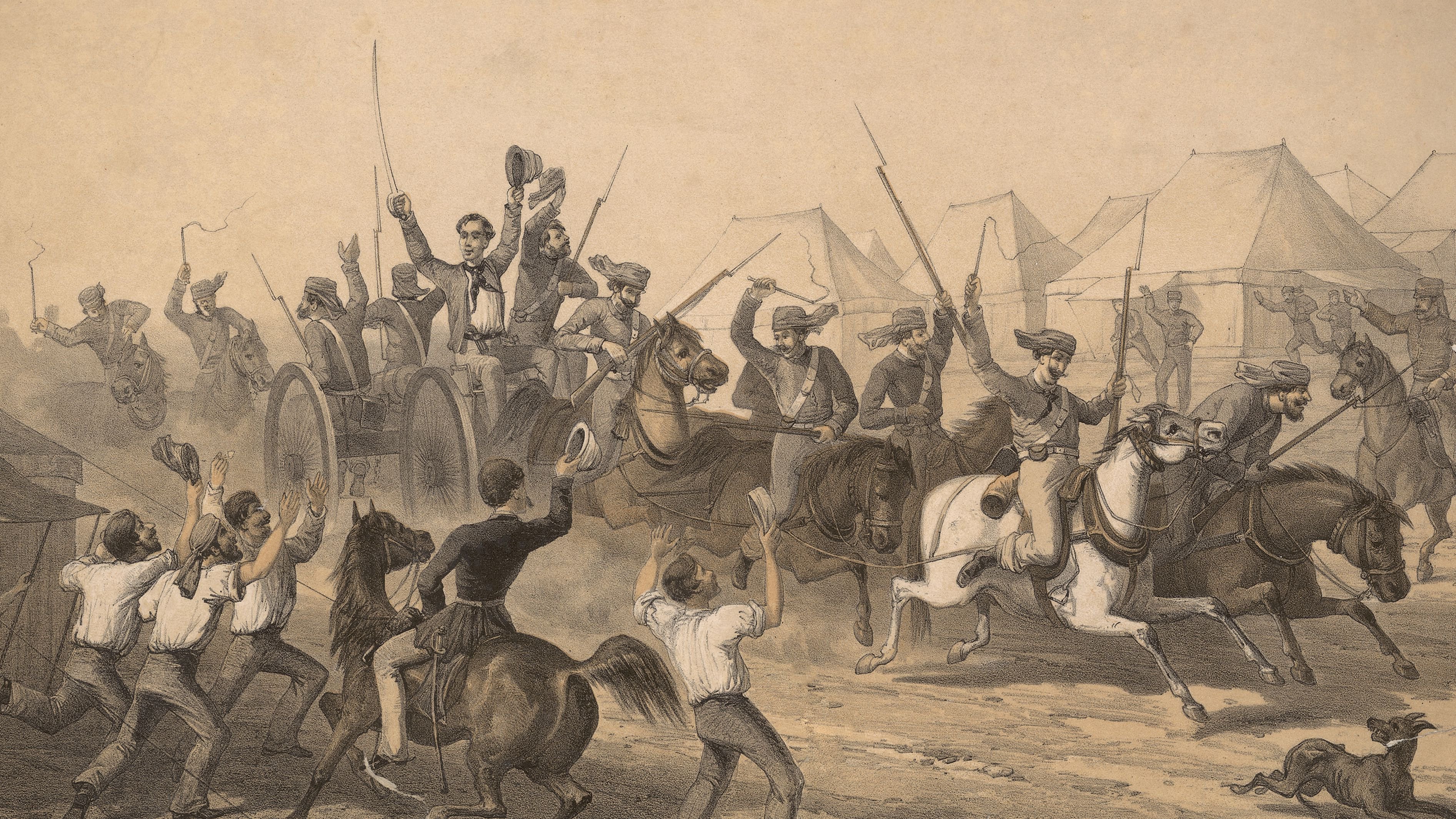
However, the leaders who were on the front line weren’t the only heroes who turned the dream of freedom into reality, some stories have been obscured in the wrinkled pages of history.
Among those fighters are India’s gallant ‘Tawaifs,’ or courtesans, whose stories of self-sacrifice have had few ears and even little material trace.
Azeezunbai’s bravery should have been a proudly narrated account to inspire people, but instead, it is only heard in whispers.
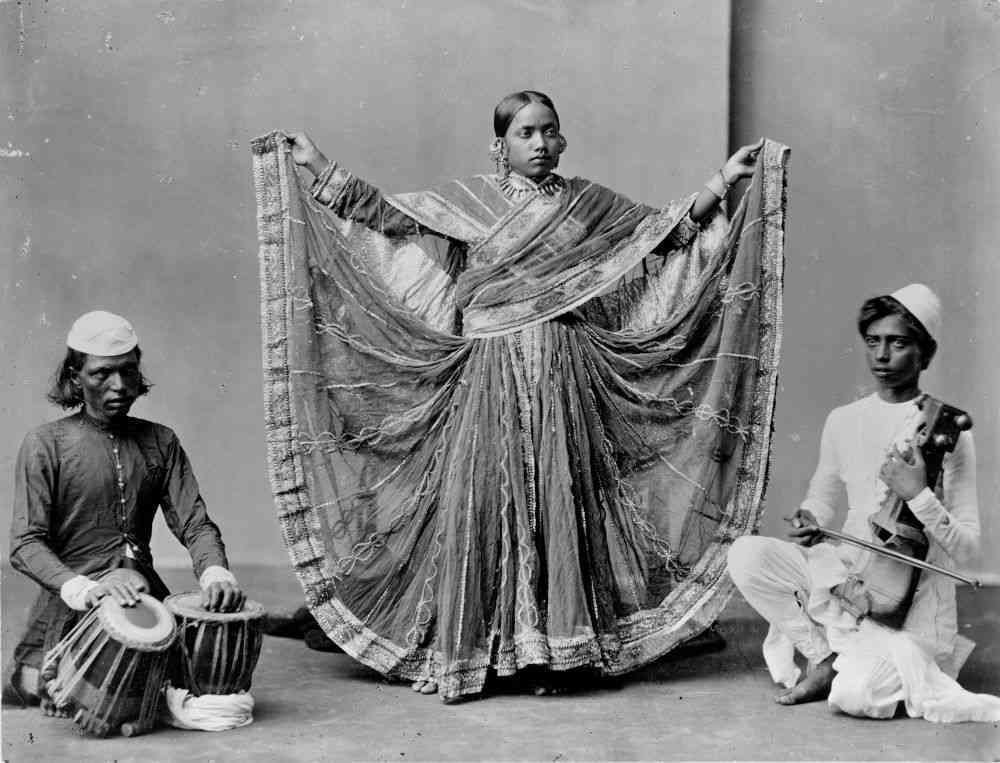
The Cawnpore (Kanpur) siege
When the East India Company’s British soldiers were laying siege to Cawnpore in 1857, the Indian army surrounded them. This courtesan was Azeezunbai, who was spotted on horseback disguised in male garb, decked with medals, and armed with a brace of pistols at the time.
Azeezubai was born in Lucknow to another courtesan and served as a spy, messenger, and warrior. She later relocated to the Lurkee Mahil in Oomrao Begum’s house situated in Kanpur.
Her shift from Lucknow’s cultural hub to Kanpur’s military cantonment could have been fuelled by her desire for independence.
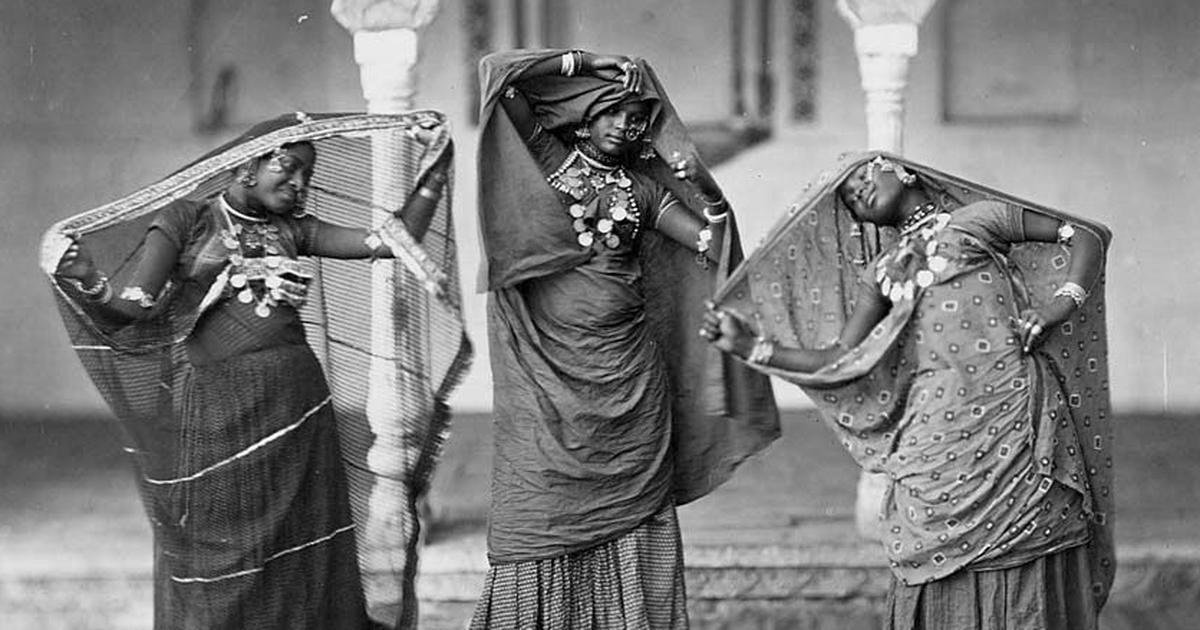
Azeezun’s house served as a gathering place for sepoys. Her group of fearless women went around treating their wounds, and distributing rifles and supplies.
One of the gun batteries became her base of operations. Between the racket court and the chapel of Ease, this battery was placed to the north of Wheeler’s entrenchment. From the first day of the siege, it fired gunfire and shells into the entrenchment.
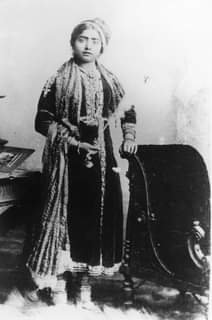
Despite the severe firing, one eyewitness claims that she could always be seen armed with pistols among her companions, who were the cavalrymen of the 2nd regiment.
The other forgotten courtesans
In addition to Azeezunbai, Hossaini was a major participant in the horrific Bibighar massacre, which resulted in the deaths of over 100 British women and children held prisoner.
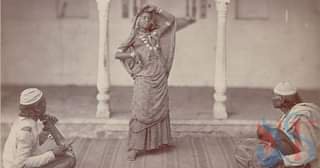
Gauhar Jaan, a famed courtesan, was another such individual who actively contributed to the Swaraj Fund to help the liberation struggle. She had organised a fund-raising performance at Gandhi’s request, on the condition that he would attend.
Despite failing to meet the criterion, Gandhi donated half of her wages to the campaign, according to Vikram Sampath’s book My Name is Gauhar Jaan.
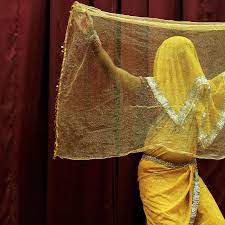
The Tawaifs had to bear the repercussions as a result of their active participation. By the 1900s, their social and financial status had dwindled from its heyday.
However, this did not deter them.
They were unwavering in their support for the nationalist cause. Even during the non-cooperation movement, from 1920 to 1922, a group of Varanasi courtesans formed the Tawaif Sabha to support the independence war. Husna Bai presided over the sabha, encouraging members to boycott foreign goods and to show solidarity by wearing iron shackles instead of jewellery.
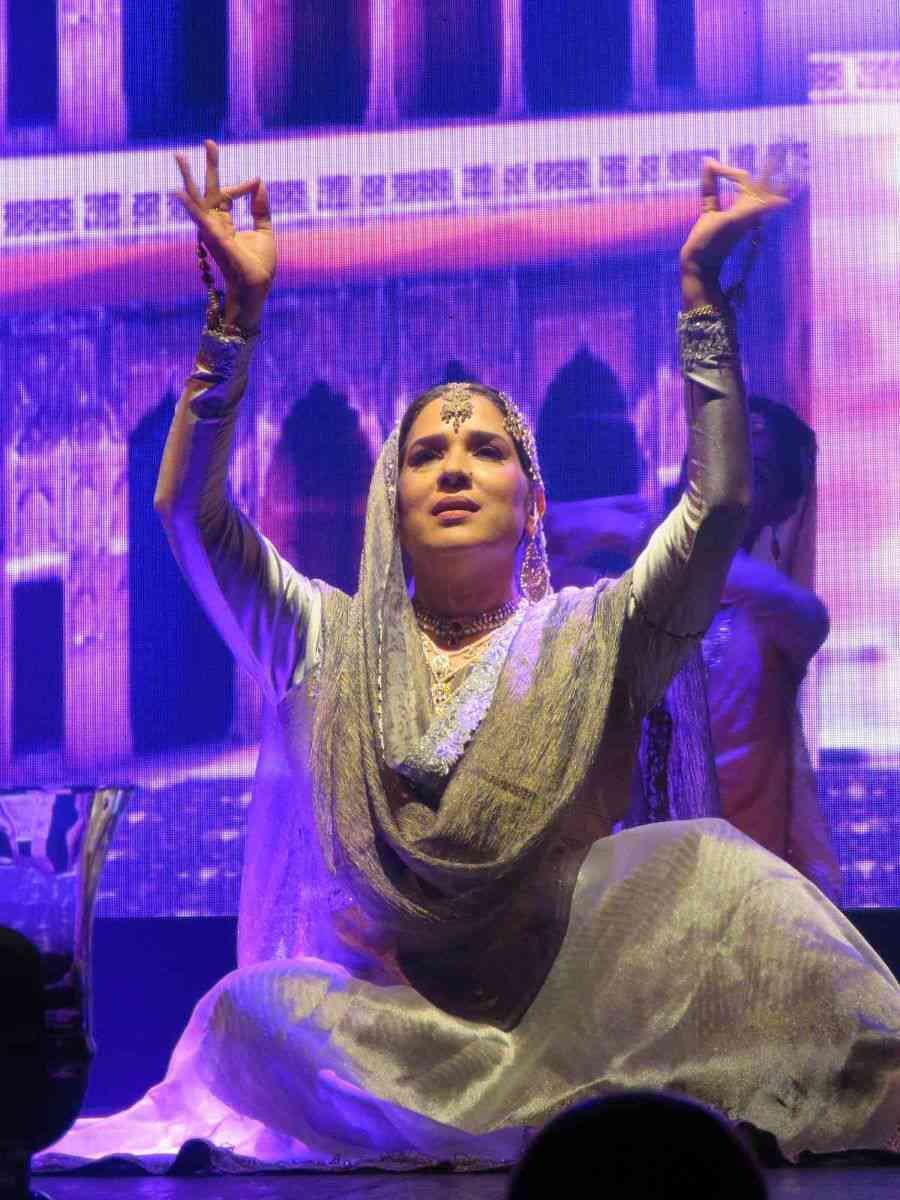
These were powerful, independent women who controlled their own lives as well as their sexuality.
Also read: The Lesser Known Life Story Of Khanzada, Babur’s Sister & The First Lady Of The Mughal Empire
Now their intellectual and artistic contribution has faded into a warped picture of prostitution, erasing them from history’s conquering episodes.

















